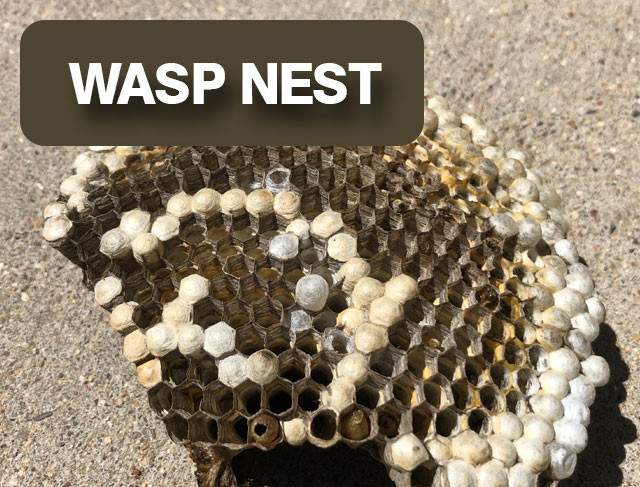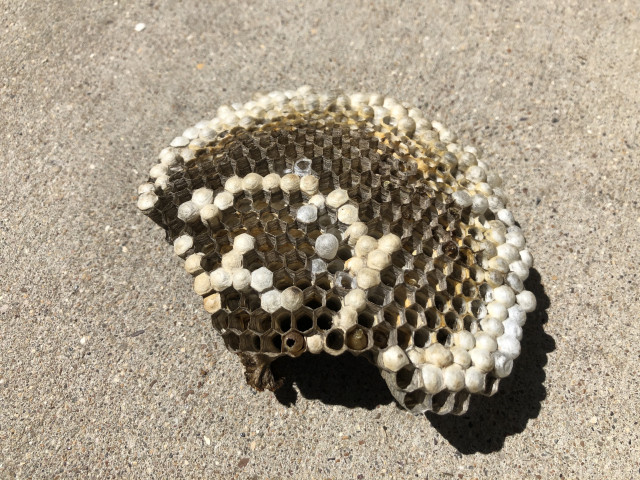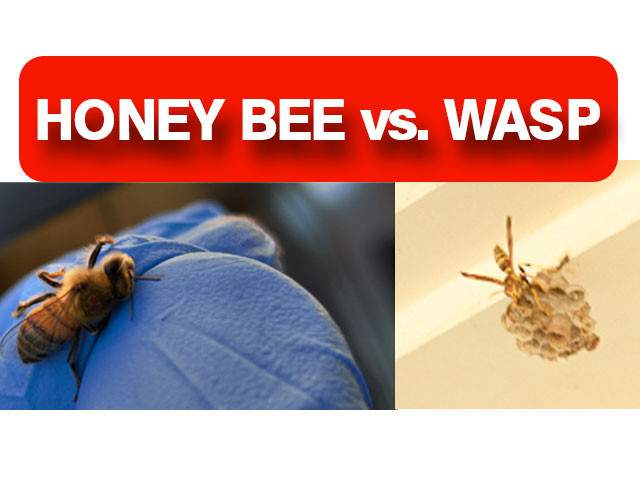Wasps And Hornets
- Posted on August 24, 2021
- Flying Insects
- By Wasp Removal Dallas
- 2504 Views
The most common types of hornets and wasps in north Texas are the Red Hornet, Paper Wasps, and Yellow Jackets.

These wasps and hornets are often the most mistaken for honey bees. Though they are significantly different from entomologists and beekeepers to the untrained eye who doesn’t work with these insects’ daily identification can be quite difficult to distinguish wasps and hornets from honey bees.
Appearance:
Wasps although about the same size as a honey bee they typically look very different than honeybees. Firstly, Wasps and hornets are not fuzzy. They seem more streamline with wings folding almost backwards with a more delegate look. Honeybees are more fly-like stubby and covered with hairs. Wasps are smooth with very pronounced colors and patterns. I typically compare honey bees to biplanes in flight and build and wasps are more like fighter jets. Honeybees fly clumsily and in erratic patterns.
Wasps and hornets have more pronounced colors. Bees will have more concentric even colored bands of alternating dull colors. Wasps have elaborate patterns with stripes or wavy bands on their abdomen. Yellow Jackets tend to be bright yellow and have yellow on their legs.
Is this a wasp nest hornets’ nest or beehive?

Wasp and hornet nests tend to be paper round, in the ground, in brush or a woody structure. Hornets build higher up on trees in shrubs or in the ground. Wasp nests that are most typical for north Texas are the smallish umbrella structures under the soffits or on trees made from organic plant material. Honey Bees build their hives from wax scales that grow from underneath their abdomen. Honey bees build inside structures that are protected. Though honeybees can and have built on the outside of buildings this is not a preferred area for honey bees. Also, hornets’ nests tend to have a protective outside layer with cells facing vertically. Honey bee hives build layered comb in rows with cells facing horizontally. Bees are most found in soffits of roofs or in the eves. They are typically more concealed roof eves unless swarming. Water cut off boxes or valve boxes with the green lid are common places for honey bees. Hornets and wasps prefer wood type structures such as firewood hanging from trees. Hornets in railroad ties are often seen later in summer.


